How to Make Yahoo Your Homepage
On an internet browser of any kind, the home page or homepage is the browser’s base of operations – it is what you see when you launch the browser. In most cases, a browser’s homepage is preset to a page created by the manufacturer of the internet browser. However, internet browsers can be customized to an unbelievable degree, and that includes changing your browser’s homepage to basically whatever you want. Here, whatever you want means whatever webpage you want, and you have the entire World Wide Web to choose from. When users set their homepages to something other than the default, they change them to the webpages they use the most.
Many patrons of the internet out there use Yahoo and its array of different services more than any other websites, and these patrons often want to set their internet browsers’ homepages to the Yahoo website. Thankfully, doing so is not only possible but is also extremely easy on basically every internet browser people these days use. Here’s how you can make Yahoo your homepage on some of today’s most popular and commonly used internet browsers:
On Google Chrome
- Click on the Menu button (represented by 3 vertical dots) in Google Chrome’s toolbar.

- Click on Settings.
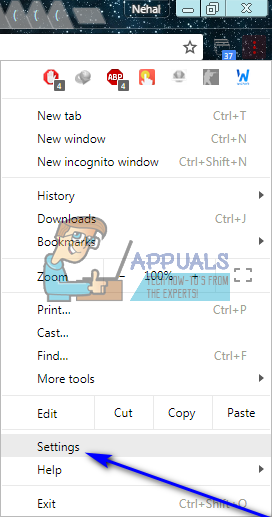
- Under the Appearance section, make sure that the toggle for Show home button is turned on. This toggle controls whether or not the Home button (a button literally shaped like a home) is displayed on Google Chrome’s toolbar. Clicking on this button, no matter where you are, takes you to your home page. You need to have the Home button showing if you want to set a custom homepage in Google Chrome.
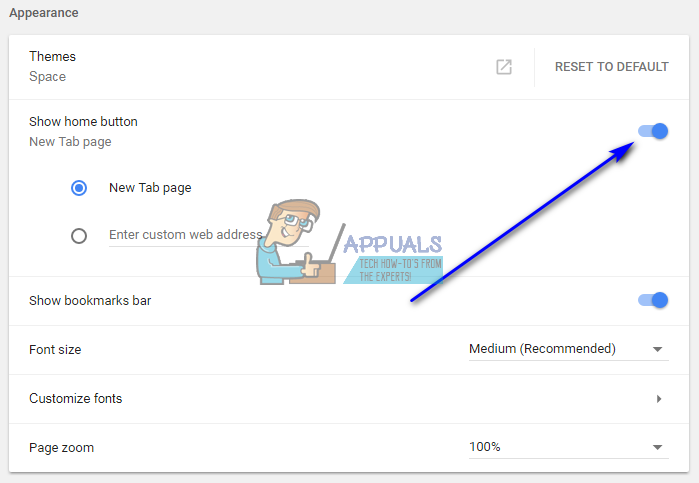
- Under the Show Home button toggle, select the Enter custom web address option.
- Type the web address of whichever Yahoo webpage you want to be your homepage into the Enter custom web address field.
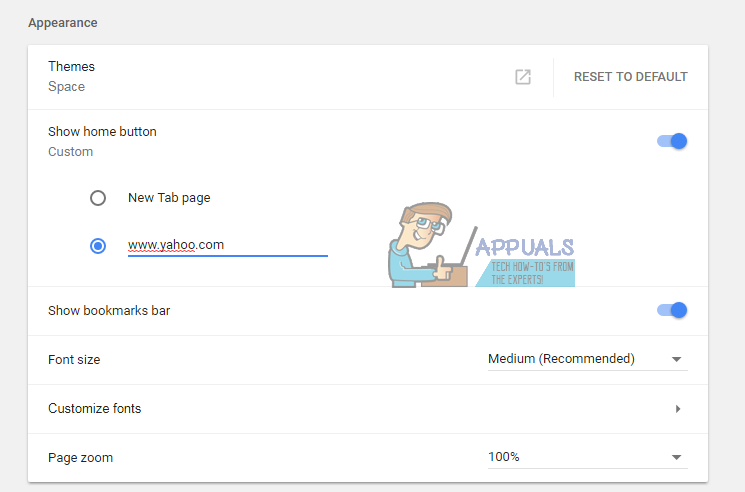
- Under the On startup section, select the Open a specific page or set of pages option.
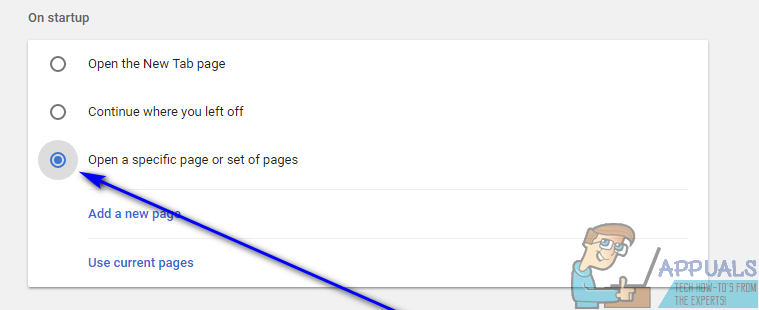
- Click on Add a new page.
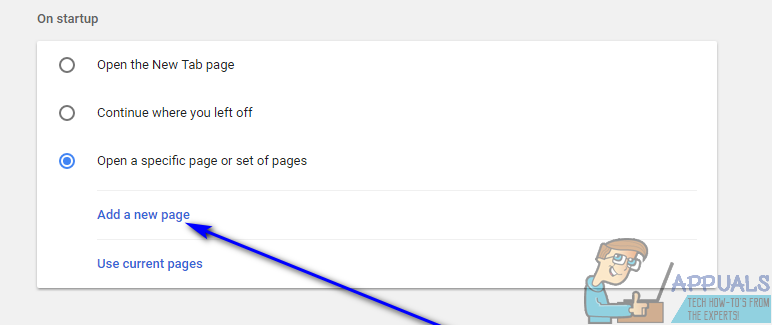
- Type the web address of the Yahoo webpage you want to be your homepage.
- Click on Add. The Yahoo webpage you specified will now also be the page Chrome takes you to when you launch it for the first time during a session.
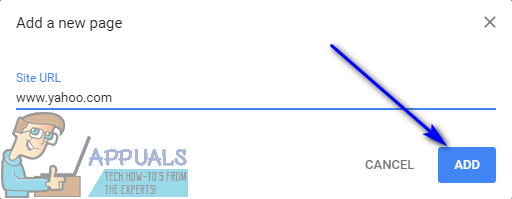
- Close the Settings tab.
- Click on the Home button, and you will see that Chrome takes you to the Yahoo webpage you wanted to be your homepage.
On Internet Explorer
- Click on the Tools button (represented by a gear) in Internet Explorer’s toolbar.

- Click on Internet options.
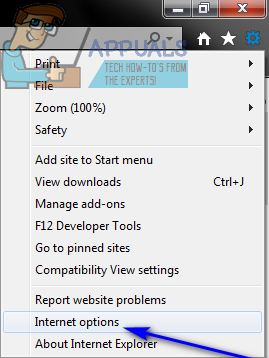
- Under the Home page section of the General tab, replace whatever is in the web address field with the web address of the Yahoo webpage you want to make your homepage.
- Select the Start with home page option under the Startup tab.
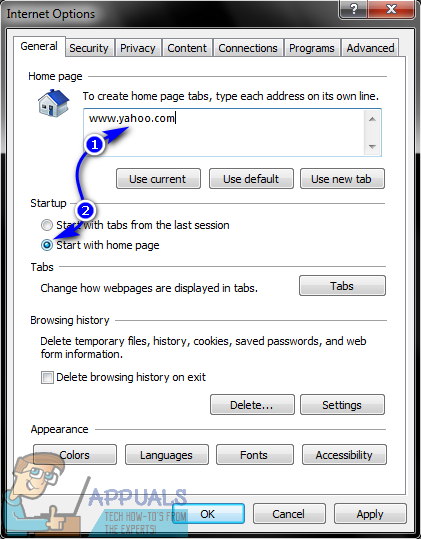
- Click on Apply and then on OK.
- Click on the Home button in Internet Explorer’s toolbar or press Alt + Home, and you will see that Internet Explorer takes you to the homepage you have just not specified.
On Mozilla Firefox
- Click on the Menu button (represented by three horizontal lines stacked on top of one another like a burger) in Firefox’s toolbar.
- Click on Options in the resulting menu.
- Under the Startup section, open the dropdown menu next to the When Firefox starts: option and click on Show my home page to select it.
- Type the web address of the Yahoo webpage you want to be Firefox’s homepage into the Home page: field.
Once you do so, your changes will be saved automatically – there is nothing more for you to do. Simply close Firefox’s Options, and from here on out, whenever you click on the Home button or start Firefox, you will be taken to the specified Yahoo webpage.
On Microsoft Edge
- Click on the Menu button (represented by three horizontally aligned dots) in Microsoft Edge’s toolbar.
- Under the On startup section, select the Open a specific page or set of pages option.
- Click on Set pages next to the Open a specific page or set of pages option.
- In the Enter address… field, type the web address of the Yahoo webpage you want to turn into Microsoft Edge’s homepage.
- Click on OK.
Note: Microsoft Edge does not have a Home button like most other internet browsers, so setting the homepage on Microsoft Edge basically sets the page or set of pages you see when you open Microsoft Edge for the first time during a session.
On Safari
Last, but certainly not least, if you’re someone who uses Apple’s Safari internet browser for computer, here’s what you need to do to make Yahoo your homepage:
- Click on the Safari or Edit button (whichever applies in your case) in Safari’s toolbar.
- Click on Preferences… in the resulting context menu.
- In the General tab, open the dropdown menu next to the Safari opens with: option and click on Homepage to select it. Doing so tells Safari to open your homepage whenever you open it for the first time in a session.
- Open the dropdown menu next to the New windows open with: option and click on Homepage to select it. Doing so ensures that Safari opens your homepage whenever you open a new Safari window during an ongoing session.
- Type the web address of the Yahoo webpage you want to be your Safari homepage into the Homepage: field.
- If required to do so, save your changes.
Safari does not, by default, have a Home button in its toolbar. You are going to have to manually add the Home button to its toolbar – to do so, simply click on View > Customize Toolbar, and drag the Home button into the Safari toolbar. The Home button will be added to whatever position you drop the Home button in on the toolbar. With the Home button added to Safari’s toolbar, Safari will take you to whatever Yahoo webpage you set as its homepage every single time you click on the Home button, not to mention whenever you open Safari up or whenever you open a new instance of Safari during on ongoing browsing session.